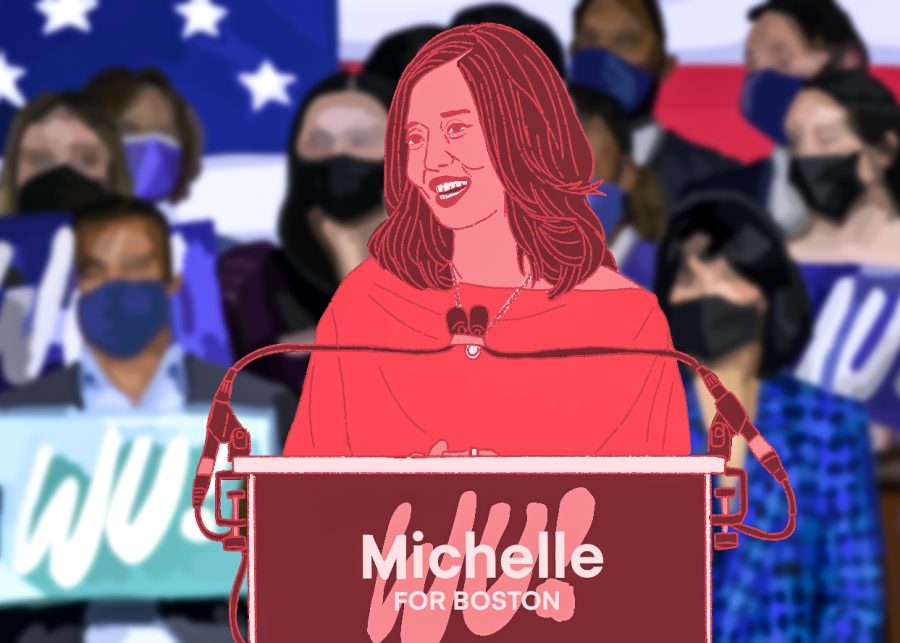The general rule for students’ attire is that each should have at least one formal outfit of their own. The suit seems to be the most important and noticeable garment one can own. Great formal wear exudes tastefulness and sophistication, making others around the wearer respect them. Formal wear demonstrates elegance and taste, but it may also be worn for special occasions such as weddings, funerals, fellowship, graduation parties, meetings or presentations, especially if people have to speak on behalf of the majority or a country.
As for the President, it’s not easy to wear a three piece suit every day while addressing the country or attending meetings. They don’t get the freedom to wear what they like and show up to their events, there are some rules that they will have to follow. American presidents are most commonly seen in formal wear. As Alyssa Ray for ENews says:
“Regardless of party affiliation, the POTUS uniform consists of a navy, gray or black suit, an American flag pin and a tie (often red or blue)” (1).
The deeper the color, the more power and authority it conveys. With the majority of those in positions of authority wearing a dark navy blue, gray and black. This gives them a strong appearance to those around them. It’s the ultimate nonverbal symbol of authority.
It’s not as difficult for the First Lady to decide what to wear as they do have the freedom to decide for themselves, and a much larger color palette to choose from. But still, they do feel some pressure. As for some citizens, the First Lady is seen as their idol or someone they look up to. As Lisa Kathleen Graddy and Lilah Ramzi for Vogue Magazine said:
“People have been watching the First Lady and what she wears since Martha Washington” (2).
Kamala Harris, the United States’ first Black and female Vice President-elect wore a white trouser suit with a blouse, defying gender stereotypes that women should not wear suits. As Laird Borrelli-Persson said for Vogue:
“The wearing of trousers by women has been—and continues to be, however ridiculously—a very real subject in the fight for gender equality” (3).
Harris normally does not experiment with colors and is seen in an almost similar tone to Joe Biden; this also symbolizes their partnership, and that they are in this together. As Joanna Dai for Fast Company said:
“‘I wanted to walk into a meeting and mirror the man I was in there doing business with,’ Dai explains. ‘It reflected how similar we were in rank and competence’” (4).
The Undergraduate Student Government election just occurred, and seeing the running candidates dressed in color coordinated outfits, or seeing women candidates dressed in formals, definitely inspired the rest of the students to do the same!
Seeing role models like Michelle Obama, Kamala Harris, Hillary Clinton, Jennifer Aniston and Zendaya, the idea of a woman wearing a suit has generalized to mainstream media. Because we have role models and personalities like them, suits have become normal for everyone and for any occasion. UMass Boston hosts a spring ball every year, so maybe it’s the time to normalize suits for all genders for proms or the spring ball! Keep an eye out to buy tickets and show off some incredible suits!
All it takes is one suit and a little knowledge on how to pair colors and one’s own style. Formal wear shouldn’t be brought out just for political or special events, but those who may want to dress up should feel more confident at school if they dress in their normal clothes. When students are out, try pairing jeans with a blazer or formal pants with a casual t-shirt. Combining comfort and confidence is what is needed in every closet.
1. https://www.eonline.com/news/1228684/a-history-of-presidential-fashion-in-other-words-a-lot-of-navy-suits
2. https://www.vogue.com/article/history-of-inauguration-day-fashion
3. https://www.vogue.co.uk/fashion/article/kamala-harris-wardrobe
4. https://www.fastcompany.com/40574667/from-armor-to-icon-the-enduring-appeal-of-the-power-suit
Fashion and politics: how to have a style that commands a room
By Vansh Khokhani
|
April 7, 2022
A depiction of Michelle Wu addressing a crowd of supporters. Illustration by Bianca Oppedisano / Mass Media Staff
Contributors
Vansh Khokhani, Arts Writer
Bianca Oppedisano, Illustrator

